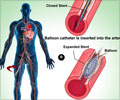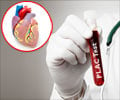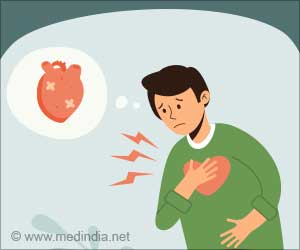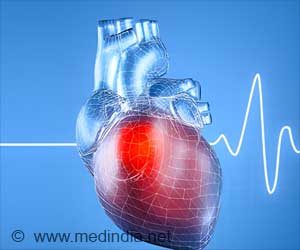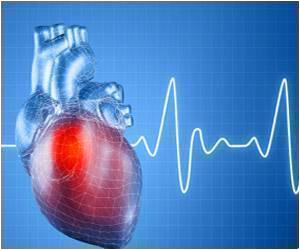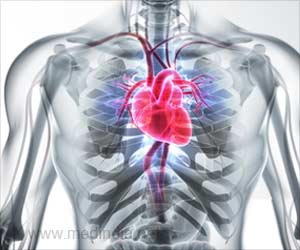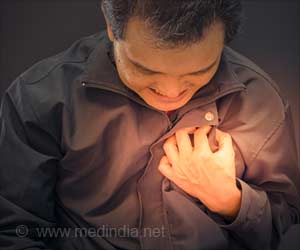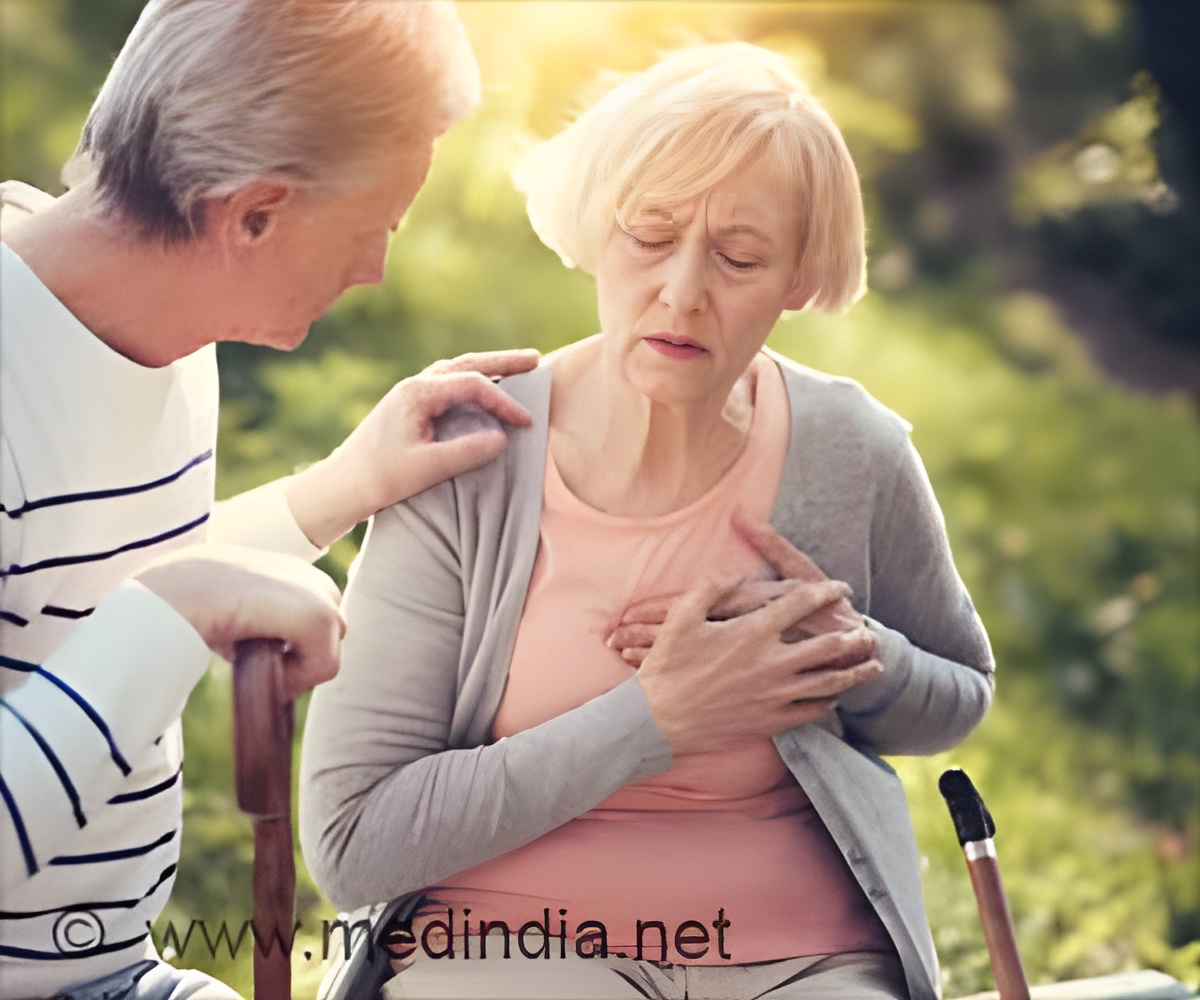
‘Incorrect labelling of women as those who experience atypical symptoms may encourage clinicians not to investigate or initiate treatment for heart disease. Prompt diagnosis and treatment can improve the chance of survival irrespective of gender.’
Read More..Tweet it Now
Incorrectly assuming that women having a heart attack suffer different symptoms to men could lead to misdiagnosis, delayed treatment and less intensive medical interventions being offered. Read More..
Previous BHF-funded research has shown the resulting differences in care for women were estimated to have contributed to at least 8,200 avoidable deaths in England and Wales in the last decade.
In this latest study, published in the Journal of the American Heart Association, researchers at the University of Edinburgh recorded the symptoms of people attending the Emergency Department (ED) at Edinburgh Royal Infirmary who had a blood test called a troponin test. This test is used when doctors suspect a person is having a heart attack, and measures a protein released by damaged heart cells during a heart attack.
Between 1st June 2013 and 3rd March 2017, doctors in the ED ordered the troponin test for 1,941 people. Of these people, 274 were diagnosed as having a type of heart attack known as an NSTEMI (90 women and 184 men). This is the most common type of heart attack, and occurs when the coronary artery is partially blocked.
Chest pain was the most common symptom for both men and women, with 93 per cent of both sexes reporting this symptom. A similar percentage of men and women reported pain that radiated to their left arm (48 percent of men and 49 per cent of women).
Advertisement
Less typical symptoms, such as epigastric pain (heartburn), back pain, or pain that was burning, stabbing or similar to that of indigestion, were more common in men than women (41 per cent in men vs 23 per cent in women). Previous research has suggested that women and men report different heart attack symptoms. However, the symptoms were often recorded after a heart attack diagnosis was confirmed, which may introduce bias.
Advertisement
Early diagnosis of a heart attack is essential for treatment and survival. BHF-funded research has previously shown that women having a heart attack are up to 50 per cent more likely than men to receive the wrong initial diagnosis and are less likely to get a pre-hospital ECG.
Amy Ferry, cardiology research nurse at the University of Edinburgh and first author, said:
"Our concern is that by incorrectly labelling women as having atypical symptoms, we may be encouraging doctors and nurses not to investigate or start treatment for coronary heart disease in women.
"Both men and women present with an array of symptoms, but our study shows that so-called typical symptoms in women should always be seen as a red flag for a potential heart attack."
Professor Jeremy Pearson, Associate Medical Director at the British Heart Foundation, said:
"Heart attacks are often seen as a male health issue, but more women die from coronary heart disease than breast cancer in the UK. We need to change this harmful misconception because it is leading to avoidable suffering and loss of life.
"In the UK, three women die of coronary heart disease every hour, many of them due to a heart attack. We know that women tend to wait longer before calling 999 after first experiencing heart attack symptoms. But that delay can dramatically reduce your chance of survival."
Source-Eurekalert




